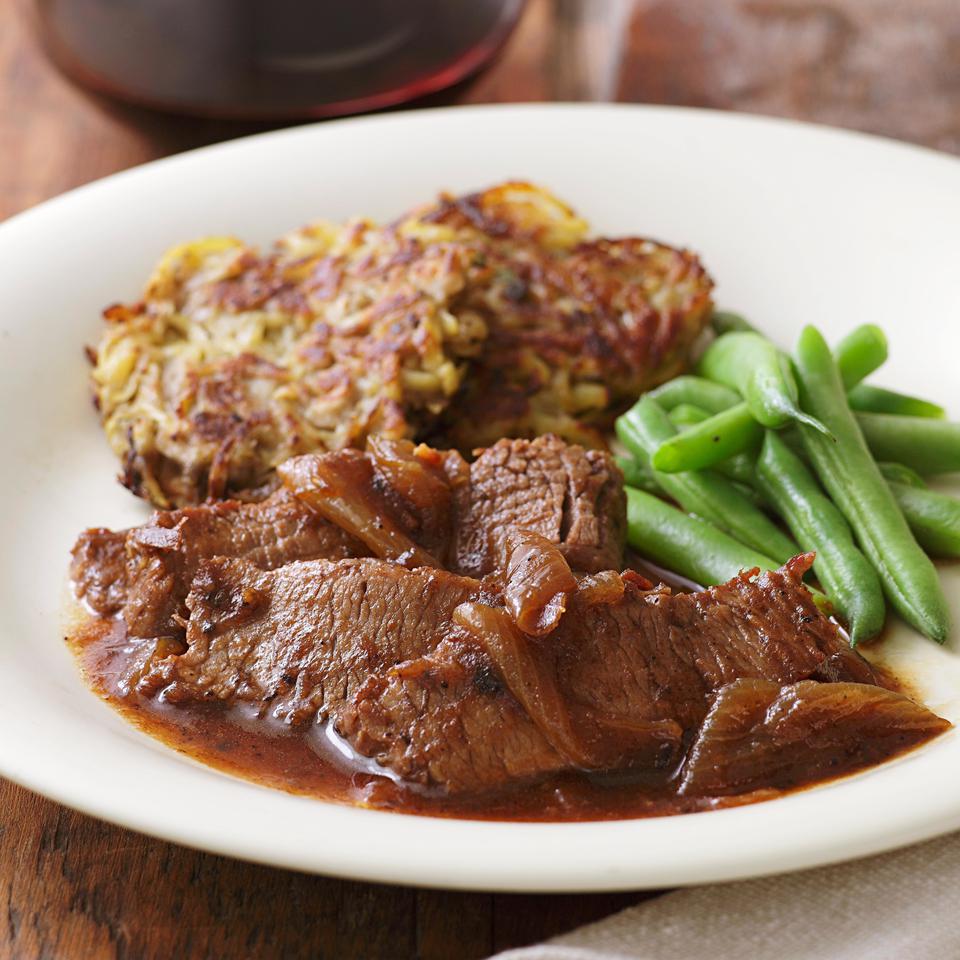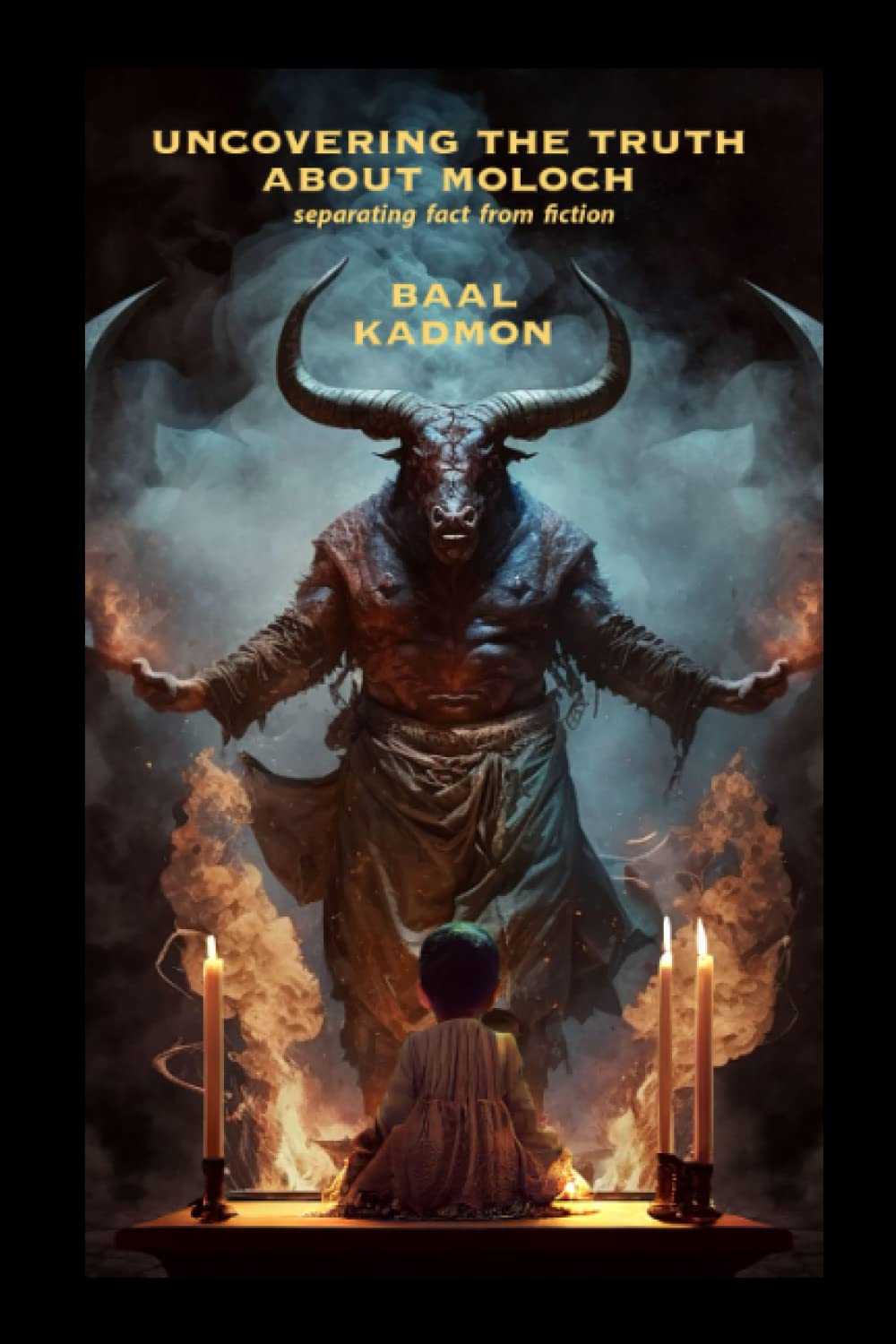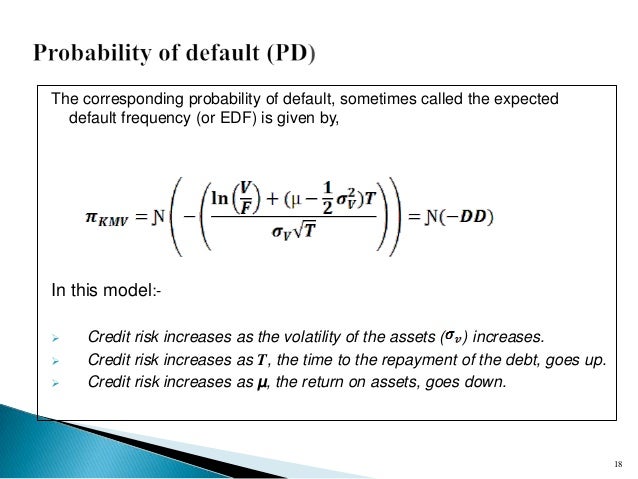Uncovering the Truth: 5 Beef Brisket Facts

Beef brisket, a culinary delight beloved by barbecue enthusiasts worldwide, is a cut of meat that demands attention and respect. In the world of barbecue, where traditions and techniques are passed down through generations, uncovering the truth about brisket is an exciting journey. Let's delve into five fascinating facts that will enhance your appreciation for this iconic cut.
The History of Brisket: A Global Adventure

The story of beef brisket is as rich and diverse as the flavors it produces. While often associated with American barbecue, brisket’s journey began far beyond its borders. It is believed that the cut’s name originates from the Old French word bresser, meaning “to press or push,” reflecting the brisket’s role as a supporting muscle in the cow’s chest.
Historically, brisket was a popular cut among European communities, especially in Jewish cuisine, where it is known as cheshuk or cheshek. In these cultures, brisket is often slow-cooked and served as a celebratory dish. The cut's toughness, which can be a challenge for inexperienced cooks, was viewed as an opportunity for skilled chefs to create tender, flavorful dishes.
The Science of Brisket: Unraveling the Complexity
Beef brisket is a cut that demands respect, not just for its rich flavor but also for its complex muscular structure. Comprised of two distinct muscles—the pectoralis profundus and the pectoralis superficialis—brisket presents a challenge to even the most experienced pitmasters.
The pectoralis profundus, often referred to as the "point," is a leaner, flatter muscle with a more delicate flavor. In contrast, the pectoralis superficialis, or the "flat," is characterized by its thicker, more marbled texture. This diversity within the cut requires precise cooking techniques to ensure both muscles are tender and juicy.
One of the unique challenges of cooking brisket is its propensity for drying out. This is due to the cut's high collagen content, which can turn to gelatin during cooking, resulting in a rich, unctuous texture if cooked correctly. However, overcooking can lead to a dry, unappetizing result. Pitmasters often employ a combination of low and slow cooking techniques, followed by a period of resting, to ensure the collagen melts perfectly, creating a mouthwatering, tender brisket.
| Muscle | Characteristics |
|---|---|
| Pectoralis Profundus (Point) | Leaner, flatter; delicate flavor |
| Pectoralis Superficialis (Flat) | Thicker, more marbled; robust flavor |

The Art of Smoking: Brisket’s Journey to Perfection

The art of smoking beef brisket is a delicate balance of time, temperature, and technique. Pitmasters around the world have their own secrets and strategies, but certain principles remain universal.
Low and Slow: The Key to Success
The phrase “low and slow” is a mantra in the barbecue world, and for good reason. Brisket, with its dense muscular structure and high collagen content, requires a gentle, prolonged cooking process. Smoking temperatures typically range between 225°F and 250°F (107°C to 121°C), allowing the heat to penetrate slowly and evenly.
The low temperature is crucial for breaking down the collagen, ensuring the brisket becomes tender and moist. However, the process is not without its challenges. The long cooking time can lead to moisture loss, so maintaining a humid environment in the smoker is essential. This often involves regular basting or the use of water pans to create steam.
The Role of Smoke: Flavor and Color
Smoke is the magic ingredient in barbecue, infusing the meat with unique flavors and a characteristic hue. The type of wood used for smoking can significantly impact the final taste. Hardwoods like oak, hickory, and mesquite are popular choices, each imparting its own distinct flavor profile. For example, oak provides a mild, sweet smoke, while hickory offers a stronger, bacon-like flavor.
The smoke also plays a crucial role in the meat's appearance. The combination of heat and smoke causes a chemical reaction known as the Maillard effect, which not only enhances the flavor but also produces the deep, rich brown color associated with smoked brisket.
The Ultimate Brisket Experience: A Sensory Extravaganza
Beef brisket, when cooked to perfection, is a masterpiece for the senses. The complex interplay of flavors, textures, and aromas creates an unforgettable dining experience.
Flavor Explorations: From Delicate to Robust
The flavor of brisket is a journey from the subtle to the robust. The leaner point cut offers a more delicate flavor, allowing the natural beef taste to shine through. In contrast, the flat cut, with its higher fat content, provides a richer, more intense flavor experience.
The smoking process further enhances these flavors, adding a layer of complexity. The type of wood used, the duration of smoking, and even the regional cooking techniques can all influence the final taste. For example, a brisket smoked with oak in Texas might have a different flavor profile than one cooked with hickory in the Carolinas.
Texture Transformation: From Tough to Tender
The texture of brisket is a testament to the power of slow cooking. When cooked correctly, the tough, fibrous muscles transform into a melt-in-your-mouth delicacy. The collagen, once a challenge, melts into gelatin, providing a rich, unctuous mouthfeel. The meat should be tender enough to be sliced with a simple butter knife, a true mark of perfection.
The Future of Brisket: Innovation and Tradition
While beef brisket is steeped in tradition, the future of this iconic cut is bright and full of potential. Pitmasters and chefs continue to innovate, pushing the boundaries of barbecue while respecting its rich heritage.
Modern Techniques: A Blend of Old and New
In the modern barbecue scene, traditional smoking techniques are often combined with innovative methods. For example, sous vide cooking, a precise method of low-temperature cooking, is sometimes used to pre-cook brisket before finishing it in a smoker. This combination of techniques ensures an even cook and unparalleled tenderness.
Additionally, the use of advanced smokers and temperature control systems allows for more consistent results, ensuring every brisket is cooked to perfection. These innovations not only make the cooking process more efficient but also contribute to a higher quality end product.
Global Influence: A World of Brisket
The influence of global cuisine on brisket cooking is an exciting development. Chefs are experimenting with spices and flavors from around the world, creating unique twists on this classic dish. For instance, the addition of Asian-inspired spices or the influence of Mexican cuisine can add a whole new dimension to brisket’s flavor profile.
Furthermore, the global appreciation for barbecue is leading to a greater understanding and appreciation of brisket's potential. Barbecue competitions and festivals around the world are showcasing the diverse ways this cut can be prepared, from classic American styles to unique international interpretations.
Sustainability and Ethics: A Responsible Approach
As the barbecue industry evolves, there is a growing focus on sustainability and ethical practices. This extends to the sourcing and preparation of brisket. Many pitmasters are turning to local, sustainably raised beef, ensuring the highest quality meat while supporting local farmers.
Additionally, the trend towards nose-to-tail cooking, where all parts of the animal are utilized, is gaining traction in the barbecue world. This approach not only reduces waste but also encourages a deeper appreciation for the entire animal, including the humble brisket.
What is the ideal temperature for smoking brisket?
+
The ideal temperature range for smoking brisket is typically between 225°F and 250°F (107°C to 121°C). This low and slow approach allows for even cooking and ensures the collagen breaks down properly, resulting in a tender and juicy brisket.
How long does it take to smoke a brisket?
+
The smoking time for brisket can vary depending on factors such as the size of the cut, the temperature of the smoker, and the desired level of doneness. On average, a whole brisket can take anywhere from 8 to 12 hours to smoke, but some pitmasters prefer to go even slower for optimal results.
What is the best wood for smoking brisket?
+
The choice of wood for smoking brisket is a matter of personal preference and regional tradition. Hardwoods like oak, hickory, and mesquite are popular choices, each offering its own unique flavor profile. For a milder flavor, oak is a good choice, while hickory provides a stronger, more robust taste.



